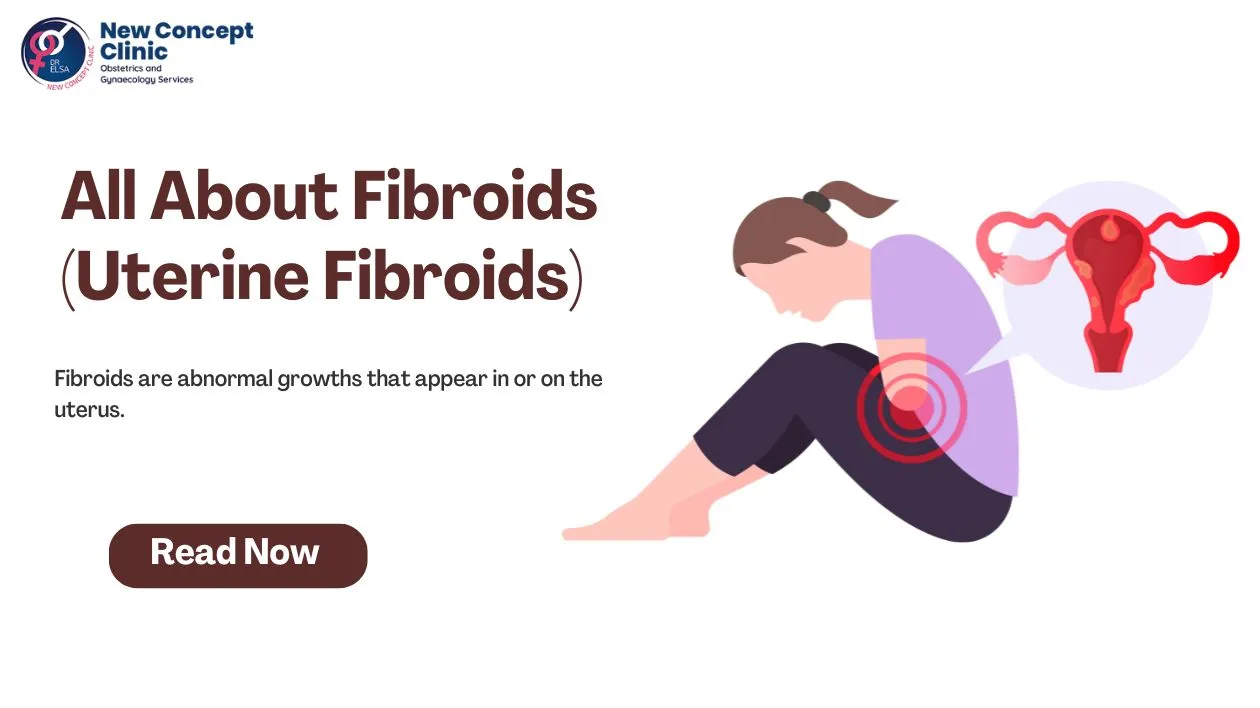

Fibroids may not require treatment if they are tiny and do not cause symptoms. Your outlook will be determined by the size and location of your fibroids.
Fibroids are abnormal growths that appear in or on the uterus.
These tumors can become fairly large, causing severe stomach pain and heavy periods. In most situations, they produce no indications or symptoms at all.
The growths are usually benign, or noncancerous. The cause of fibroids is uncertain.
Fibroids are also known under the following names:
uterine fibroids
Fibromas
leiomyoma
uterine myomas
fibroid myoma
myomas
The Office on Women's Health estimates that 20% to 80% of women will have them by the age of 50. However,Most people have no symptoms and may never know they have fibroids.
There are various forms of fibroids. The types vary according to their location in or on the uterus.
Intramural fibroids: are the most prevalent form. They appear within the uterus' muscular wall. Intramural fibroids may expand and stretch your uterus.
Subserosal fibroids: occur on the outside of the uterus, known as the serosa. They may expand to the point where one side of your uterus appears larger than the other.
Pedunculated fibroids: Subserosal fibroids can form a stem, a thin foundation that supports the tumor. When they occur, they are referred to as pedunculated fibroids.
Submucosal fibroids: These tumors form in the myometrium, the middle muscle layer of the uterus. Submucosal tumors are less prevalent than other forms.
Cervical fibroids: grow on the cervix, which links the uterus to the vagina. They are also rare.
Your symptoms will be determined by the number, location, and size of the tumors you have. For example, submucosal fibroids might cause excessive monthly flow and difficulty conceiving.
If your tumor is very small or you are facing menopause, you may not feel any symptoms. Fibroids may even diminish during or after menopause. This is because estrogen and progesterone levels decrease throughout menopause. These hormones promote fibroid growth.
Symptoms of fibroids may include:
heavy bleeding between or during your periods
pain in the pelvis or lower back
pressure or fullness in your lower abdomen
swelling or enlargement of the abdomen
increased urination
pain during intercourse
menstruation that lasts longer than usual
menstrual clots
Pregnancy boosts your body's synthesis of estrogen and progesterone. During pregnancy, fibroids may develop and expand rapidly.
However, pregnant persons are less prone than non-pregnant people to have fibroids. A 2020 study found that fibroids afflict 20% to 40% of all women, but just 0.1% to 3.9% of pregnant women. Learn more about the relationship between fibroids and pregnancy.
Treatment depends on your age and the size of your fibroid and your general health.You may undergo a mix of treatments.
Home made remedies and natural treatments
home remedies & natural treatments can have a positive effect on fibroids, including:
acupuncture
exercises such as yoga
massage
Gui Zhi Fu Ling Tang, a traditional Chinese medicine formula
avoid heat if you experience heavy bleeding
Avoid meats and high calorie foods. Instead, opt for:
foods and drinks that contais high in flavonoids
green vegetables
green tea
cold-water fish such as tuna and salmon
controll your stress levels and aiming for a moderate weight if you are overweight can also be beneficial.
Treatment depends on your age and the size of your fibroid and your general health.You may undergo a mix of treatments.
At New Concept Clinic, we have the top gynaecologist in Dubai, who provides comprehensive care, from first consultation and diagnosis to treatment and surgical procedures. Call now to schedule an appointment.